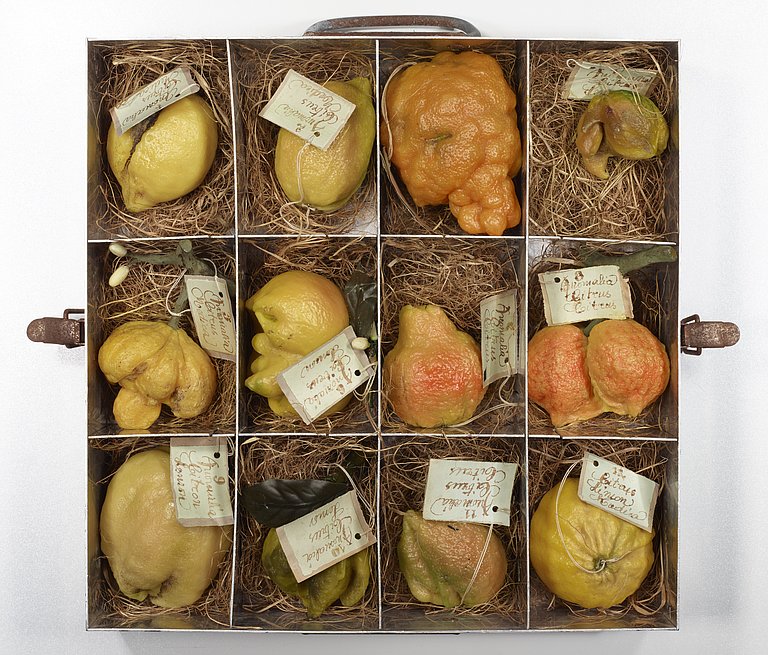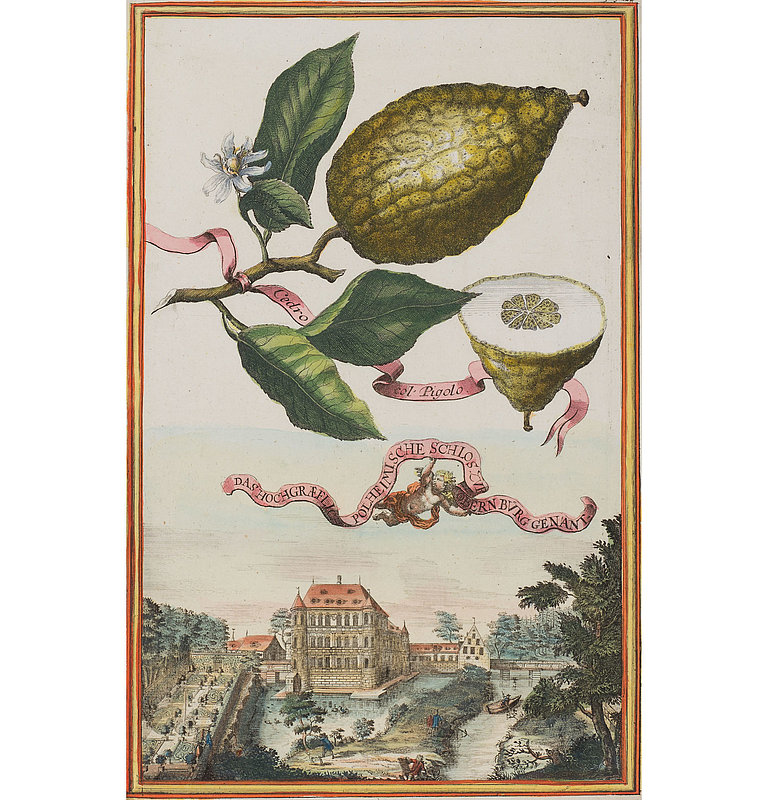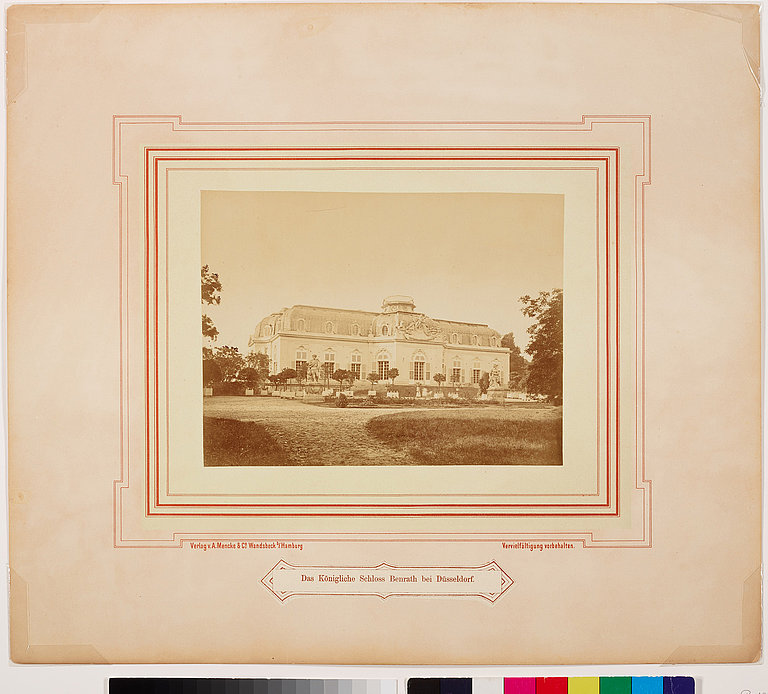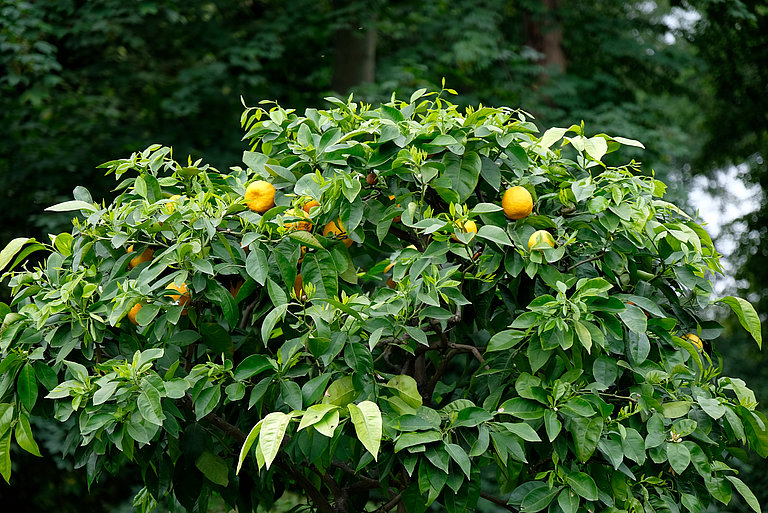CITRUS MANIA. GOLDEN FRUIT IN PRINCELY GARDENS
TO THE EXHIBITION FLYER
We all have seen them at the supermarket: oranges, grapefruit, tangerines, and lemons. Three centuries ago, ever-greening trees bearing bitter oranges, lemons, and oranges served as an electoral status symbol. During the baroque period, these costly plants were indispensable for every representative garden. They symbolized the immortality of a dynasty and were coveted collectibles. This electoral collecting mania originates from the ancient myth of the brave and mighty Hercules stealing the golden apples from the Garden of the Hesperides.
Baroque princes saw themselves as his heirs and spared neither effort nor expense to winter these frost-sensitive citruses. Splendorous orangeries specially built for this purpose brought out the architectural main points of the princes’ parks. Civilians were quickly seized by this citrus mania and started bedecking their gardens with bitter oranges. Those who could afford it had the fruit and blossoms processed to perfumes, remedies or cooking ingredients.
The Museum of Garden Art exhibits paintings, decorative graphics, sculptures, china, models, and elaborately illustrated documents that exemplify the multi-faceted passion for citruses between the 16th and 19th century.
For the first time, Benrath Palace, Düsseldorf, as well as the Rhineland are portrayed as places of princely organgeries. Historic citrus varieties planted in tubs in the inner courtyard of the east cavaliers’ wing and all around the palace give the visitors a glimpse at the diversity of the golden fruit.
In cooperation with the German Digital Library, an online exhibition is being published to accompany the special exhibition.
It can be accessed at the following links:
ausstellungen.deutsche-digitale-bibliothek.de/orangerie/ (German)
ausstellungen.deutsche-digitale-bibliothek.de/orangery/ (English)


![[Translate to English:] Zitronen aus Porzellan Porcelain lemons](/fileadmin/_processed_/5/f/csm_BEN.B_1973_8a_b_f65106c859.jpg)


